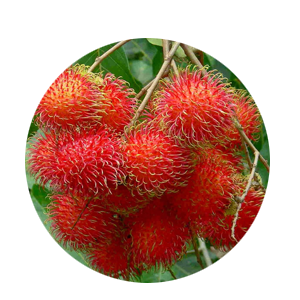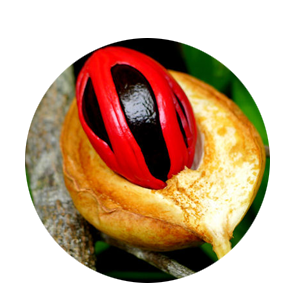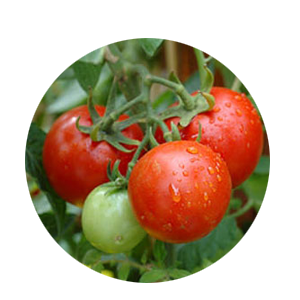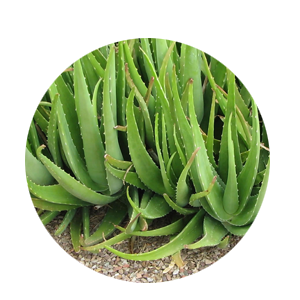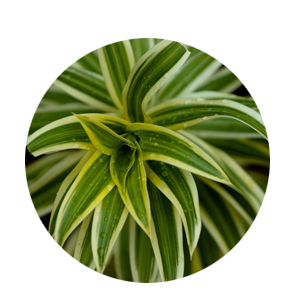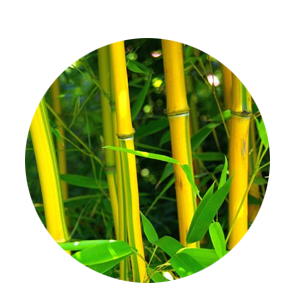Guava - Alahabad Safedha - Layer - (13x13 bag)
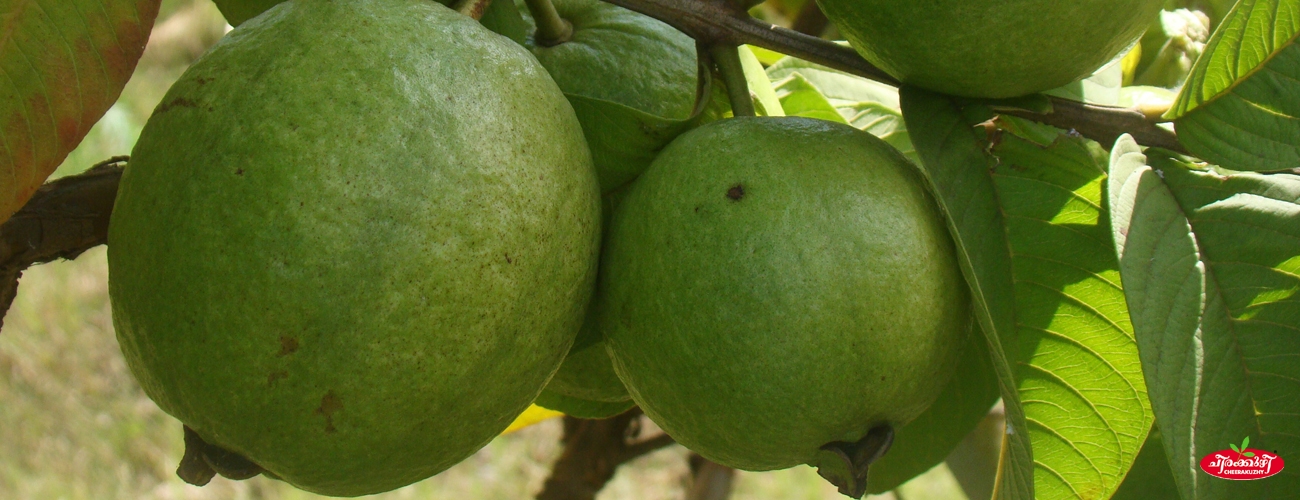
Item Description
General information about laknow 49 Guava (Psidium guajava) is a tropical tree, producing sweet fruits which are eaten as a fruit or used as an ingredient in drinks, smoothies and desserts. The guava tree is a highly attractive tree. The leaves and flowers are both mildly fragrant and attractive. The tree produces white 1 inch size flowers. The fruits are about 5 inches in diameter; either oval, round or pear shaped and the ripe fruit has a rich pungent smell which spreads quickly in the house. The fruit has white, pink yellow flesh having seeds at its center. The taste of the fruit varies from sour to sweet, depending on its variety. The guava tree, if grown in ground will grow to a height up to 12 feet in tropical regions. The tree will grow to a smaller size in a container. The guava plants thrive in any soil with good drainage and full sun for best flowering and fruit production. Health benefits of laknow 49 guava Guavas are also rich in manganese which helps the body to absorb other key nutrients from the food that we eat. Guavas contain folate, a mineral which helps promote fertility. The potassium in guavas helps normalise blood pressure levels as well. In fact, a banana and a guava contain almost the same amount of potassium. Since it contains about 80% of water it helps keep your skin hydratedBesides its unique flavour and fragrance, guava has been hailed as one of the super fruits due to the numerous health benefits it offers. It indeed is a powerhouse of nutrients. It is used for inflammation, diabetes, hypertension, caries, wounds, pain relief, fever, diarrhea, rheumatism, lung diseases, and ulcers. MEDICINAL BENEFITS OF LAKNOW 49 GUAVA 1.Improves your immunity 2.Lowers risk of cancer 3.Good for diabetics 4.Has anti-ageing properties for your skin 5.Improves heart health 6.Helps treat constipation 7.Helps improve vision 8.Good for pregnant women 9.Helps you relax 10.Good for your brain 11.Beats toothache 12. Aid in Weight Loss 13. Beneficial for Diabetic 14.Lower Cholesterol 15.Aids in Digestion 16. Prostate Cancer
Maintanance, Disease Management And Yielding
MAINTANACE OF THE PLANTATION Once a plantation has been established, the work should not be considered finished. It will be necessary, for example, to protect the plantation against weather, fire, insects and fungi, and animals. A variety of cultural treatments also may be required to meet the purpose of the plantation. FERTILIZING In the first year after planting 260g Urea, 375g single supper phosphate and 100 g Muriate of Potash is applied along with 50 kg FYM for each plant. This dose is increased every year up to 5 years in the multiplication of first year’s dose, along with 50 kg FYM. This mixture of fertilizers should be applied in four to five split doses between June and September along with drip irrigation in the periphery of each tree. Guava is very responsive to the application of inorganic fertilisers along with organic manures. Soil type , nutrient status and leaf analysis can give better indication for requirement of nutrients. A thumb rule recommendation is considered in this model. NPK may be applied @100, 40 and 40 g per plant year of age, with stabilisation in the 6th year. They may be applied in two equally split doses in January and August. Spraying the trees with 0.45 kg zinc sulphate and 0.34 kg slaked lime dissolved in 72.74 l (16 gallons) of water cures Zn deficiency. The number of sprays depend on the severity and extent of the deficiency. Pre-flowering sprays with 0.4% Boric Acid and 0.3% Zinc Sulphate increase the yield and fruit size. Spraying of copper sulphate at 0.2 to 0.4% also increases the growth and yield of guava. Also known as Sardar, its fruits are large, roundish ovate in shape, skin primrose yellow and pulp white, very sweet and tasty. The TSS and vitamin C contents are high. The trees are vigorous. WATERING AND WEED CONTROL Young guava trees should be watered regularly until fully established. In dry western climates, water mature trees deeply at least every one or two weeks. Desert gardeners may have to water more frequently. Mulch the soil around the trees to conserve moisture. Weeding is also very important. Remove all weeds 1.5 meter around the plant. PEST & DISEASE FOR GUAVA TREE 1. Fruit fly : (a) Spraying of chemicals like malathion 2 ml, phosphamidon 0.5 ml per l of water . (b) Destruction of infected fruits and clean cultivation . 2. Mealybug: (a) Soil treatment with aldrin, malathion, thimet, ete (b) Banding the base of the plant with polythene film to prevent the nymph from climbing up from the soil. (c) Spraying of methyl parathion , monocrotophos or dimethoate. 3. Scale insect : Spraying of fish oil rosin soap with water or crude oil emulsion,dimetholate, methyl demiton, etc. Training and pruning Training of guava trees improves yield and fruit quality. The main objective of training guava plants is to provide strong framework and scaffold of branches suitable for bearing a heavy remunerative crop without damaging the branches . For this, shoots coming out close to the ground level should be cut off upto at least 30 cm from the soil. The center should be kept open, while four scaffold limbs may be allowed to grow. A light annual pruning is necessary in guava as it bears on current season\\\\\\\'s growth. Experimental evidences support pruning off 75% of current season\\\\\\\'s growth in May for harvesting good winter crop. HARVESTING Grafted, budded or layered guava trees start bearing at the age of 2 to 3 years. Seedling trees require 4 to 5 years to bear. The guava fruit can not be retained on the tree in ripe stage. So, it should be picked immediately when it is mature. Guava is ready for harvest as soon as the deep green colour turns light and a yellowish green patch appears. Individual hand picking at regular intervals will avoid all possible damage.
- Propogation Method : Layering
- Plant Climate : Sub Tropical, Normal, Hot, Cool, Tropical
- Plant Height : 4-5 feet
- Plant Weight : 8 Kg
- Plant Polybagsize : 13x13
Related Images
- Botanical Name : Psidium Guajava
- Malayalam Name : Perakka
- English Name : Guava
BEST COMMERCIAL VARRIETY IN THE COUNTRY
Planting Instructions
PLANT THE RIGHT TREE AT RIGHT PLACE Growing space both above and below ground should be considered when selecting a tree to plant. Too often allowances are not made for the increased size of the tree when it matures. Most problems can be avoided by selecting the proper tree species for the available planting space. GENERAL TIPS 1. Plant at least 3 meter from main overhead utility wires on street or to your home. 2. Plant at least 3 meter from a building. 3. Plant at least 1 meter from sidewalks, driveways, patios and fences. 4. Plant at least 2 meter from other large trees. 5. Plant at least 1 meter from small trees. 6. Prioritize your tree planting with the sun’s direction to maximize shade by planting on the southwestern and western sides of your home GENERAL TIPS 1. Plant at least 3 meter from main overhead utility wires on street or to your home. 2. Plant at least 3 meter from a building. 3. Plant at least 1 meter from sidewalks, driveways, patios and fences. 4. Plant at least 2 meter from other large trees. 5. Plant at least 1 meter from small trees. 6. Prioritize your tree planting with the sun’s direction to maximize shade by planting on the southwestern and western sides of your home GENERAL TIPS 1. Plant at least 3 meter from main overhead utility wires on street or to your home. 2. Plant at least 3 meter from a building. 3. Plant at least 1 meter from sidewalks, driveways, patios and fences. 4. Plant at least 2 meter from other large trees. 5. Plant at least 1 meter from small trees. 6. Prioritize your tree planting with the sun’s direction to maximize shade by planting on the southwestern and western sides of your home GENERAL TIPS 1. Plant at least 3 meter from main overhead utility wires on street or to your home. 2. Plant at least 3 meter from a building. 3. Plant at least 1 meter from sidewalks, driveways, patios and fences. 4. Plant at least 2 meter from other large trees. 5. Plant at least 1 meter from small trees. 6. Prioritize your tree planting with the sun’s direction to maximize shade by planting on the southwestern and western sides of your home BASIC PARAMETERS TO PLANT A GUAVA 1)SOIL: Guava is very hardy. It can thrive on all types of soil from alluvial to lateric. However, it is sensitive to waterlogging. It can be grown on heavier but well drained soil. Deep friable and well-drained soils are the best. The top soil should be rich for better stand. Soil pH range of 4.5 to 8.2 is congenial for guava but saline or alkaline soils are unsuitable. 2.Planting Distance : For Commercial Plantation :- Standard spacing for guava is , 6m x 6m, accommodating 112 plants /acre. However, it is commonly planted at a distance of 3.6 m to 5.4m Traditional planting spaces in some parts of country range even upto 5.4 to 7.0m By increasing the plant density, productivity can be increased. Although there would be reduction in size of fruits, the number of fruits per plant remains more or less similar. For Home Garden:-In a home garden generally we are planting one or two guava fruit along with other species of fruit plants. So it is better to keep minimum 7 meter distance from other plants to plant a guava 3. Pit size : Minimum 60cm width X 60cm Breadth X 60cm depth a.The field should be deeply ploughed, cross ploughed , harrowed and levelled before digging pits. The pits of about 0.6 m x 0.6m x0.6 m dimension should be dug before the monsoon. After 15-20 days, each pit should be filled with soil mixed with 20 kg of organic manure and 500 g of super phosphate. In very poor soils, the pit size may be bigger, about 1m x 1m x 1m ,and more of organic manures may be necessary. Onset of monsoon is the time to start planting. 4. Sunlight : 100% sunlight is best but can grow up to 50 % shade 5. Watering: During dry weather, initially water the plant once in two days and after one month of planting water every 7 to 10 days during the first year. TEN TIPS FOR PLANTING A GUAVA 1. Dig a hole/pit 3 to 4 times wider than the container (Normally 60cm X 60cm X 60cm is recommended). Fill the pit with top fertile soil to allow for proper root growth. Avoid clay type soil to refill the pit. 2. Add 250 gm Rock Phosphate or Born Meal and 3 to 5 kg Cow dung or compost in the top soil of the pit and mix it thoroughly (Thorough mixing of manure with soil is very important because direct contact of manure with the roots of the plant will cause the damage of roots and plant). 3. Make a small hole in the pit and carefully remove the plant from the container/pot or poly bag keeping the soil around the roots intact. Don‘t yank the plant out of the pot or poly bag as this can separate the roots from the tree. Poly bags can be easily removed by cutting it by a knife and pots can be removed easily by hitting slightly at the top edge of the pot. 4. Set the plant in the middle of the hole. Avoid planting the tree too deep. Keep the base of the trunk is slightly above ground level. Using some soil, secure the tree in a straight position, then fill and firmly pack the hole with the original soil, making sure there aren‘t any air pockets. 5. If the plant is Grafted or Budded make sure the grafted or budded portion of the plant is above the soil. Do not allow to touch the grafted or budded portion in the soil as it burns the skin of the plant. 6. Create a water-holding basin around the pit and give the plant a good watering. After the water has soaked in, spread protective mulch 2–4 inches deep in a 3-foot diameter area around the base of the tree, but not touching the trunk. Also provide a stich as a support for the plant, if needed. 7. The soil and mulch around your plant should be kept moist but not soggy. During dry weather, initially water the plant once in two days and after one month of planting water every 7 to 10 days during the first year. 8. Remove any tags and labels from the tree as these will affect the tree as it grows. You may need to prune any broken or dead branches. For Budded or Grafted plants it is very important that do not allow the growth of off shoots under the grafted/budded portion. Allow the growth of budded/grafted scions only. 9. Do not use chemical fertilizer or any other chemicals on your newly planted trees. Such products will kill your young trees. If needed you can add chemical fertilizers in small quantity (generally below 100gm) after two to three months of planting with sufficient irrigation. 10. Do not over water or allow rain water so much that you see standing water in the pit area of the plant. It will damage the plants roots and results the die of your plant.











